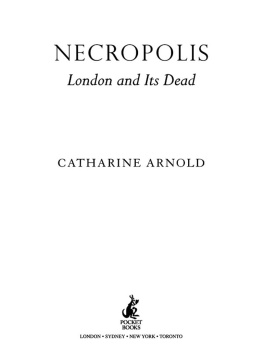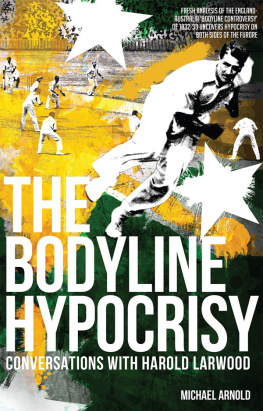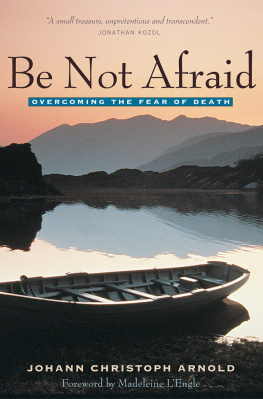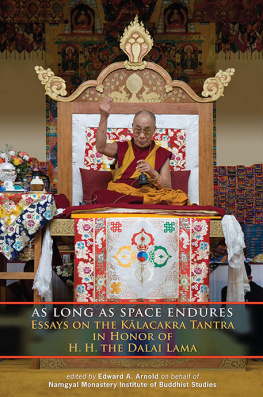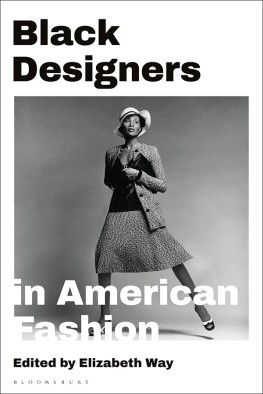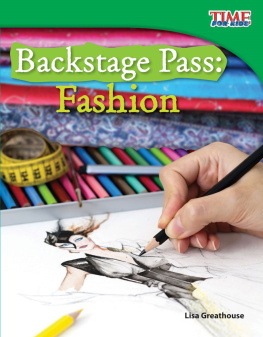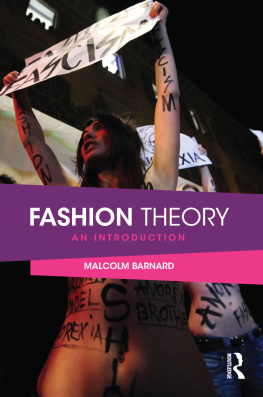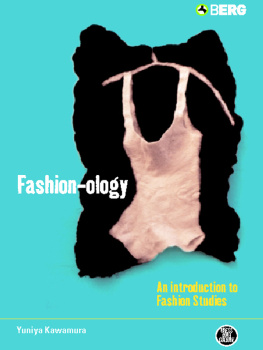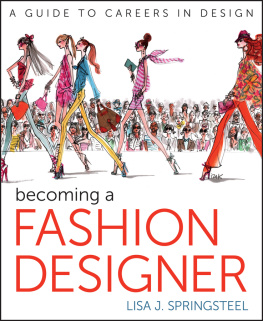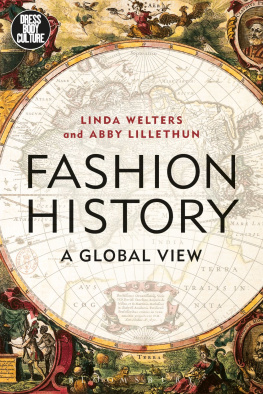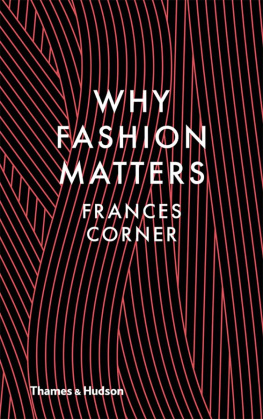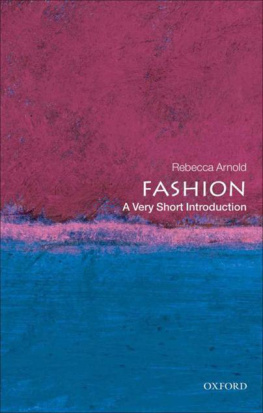Acknowledgements
I would like to thank Andrea Keegan, my editor at Oxford University Press, for her support and encouragement of this project. Thanks to all my colleagues and the students of the History of Design Department at the Royal College of Art in London. I am indebted to Caroline Evans for her excellent advice, and to Charlotte Ashby and Beatrice Behlen for their thoughtful comments on drafts. Thank you to Alison Toplis, Judith Clark, and Elizabeth Currie for their helpful suggestions. And finally, thanks to my family, and to Adrian Garvey for everything.
Chapter 1
Designers
For Chanels spring 2008 couture catwalk show, a huge replica of the labels signature cardigan jacket was placed on a revolving platform at the centre of the stage. Made from wood, but painted concrete grey, this monumental jacket towered over the models, who emerged from its front opening, paraded past the audience of fashion press, buyers, and celebrities, pausing in front of its interlocked double C logo, and then disappeared inside this iconic emblem of Coco Chanels legacy. The models wore a simple palette, again reflecting the labels heritage: graphic black and white was tempered with dove greys and palest pinks. Outfits were developed from the tweed cardigan jacket that literally and metaphorically dominates Chanel, but this classic garment was made contemporary, light and feminine, shredded into wispy fronds at its hem, or fitted and sequined, worn with tiny curving skirts that drew on the organic forms of seashells for their delicate silhouettes. Both the shows staging and the clothes shown epitomized the houses origins, in their combination of Coco Chanels love of chic skirt suits, glittering costume jewellery, and tiered evening dresses, merged with current designer Karl Lagerfelds sharp eye for the contemporary.

2. Karl Lagerfelds 2008 version of the classic Chanel suit
Chanels evolution as one of the most famous and influential couture houses of the 20th century highlights many of the key elements to successful fashion design, and exposes the relationships between design, culture, commerce, and, crucially, personality. Coco Chanels emergence in the 1910s and 1920s as a prominent figure on society and fashion pages, her mythologized rise from nightclub singer to couturier, and gossip surrounding her lovers, gave her simple, modern styles an air of excitement and intrigue. Her designs were significant in their own right, and epitomized contemporary fashions for sleek, pared-down daywear, and more feminine, dramatic eveningwear. She asserted that women should dress plainly, like their maids in little black dresses, although Claude Bailln quotes Chanel as reminding women that simplicity doesnt mean poverty. Her love of mixing real and costume jewellery and her borrowings from the male wardrobe became internationally famous. Coco Chanels biography provided the publicity and interest necessary to distinguish her house, and dramatize her as a designer and personality. Importantly, her diversification into accessories, jewellery, and perfumes, and the sale of her designs to American buyers, brought the essence of her fashions to a far wider market than could afford haute couture, and secured her financial success.
In the 1980s, fashion commentator Ernestine Carter characterized Chanels success as founded upon the magic of the self. As important as Coco Chanels undoubted design and styling skills were, it was her ability to market an idealized vision of herself, and to embody her own perfect customer, that made the label so appealing. Chanel designed herself, and then sold this image to the world. Many others have followed her example: since the 1980s, American designer Donna Karan has successfully projected an image of herself as a busy mother and businesswoman who has designed clothes for women like herself. In contrast, Donatella Versace is always photographed in high heels and ultraglamorous, tight-fitting clothes, her jetset lifestyle mirrored in the jewel-coloured luxury of the Versace labels designs.
Karl Lagerfeld, Chanels present designer, represents a variation on this theme; rather than embodying the lifestyle of his customers, his personal style denotes his status as a cultured aesthete. If Coco Chanel was a fashion icon to her followers, embodying a modernist ideal of chic, streamlined femininity in the early 20th century, then Lagerfeld is a Regency dandy remodelled for contemporary times. The key elements of his personal style have remained constant throughout his stewardship of Chanel: dark suits, long hair pulled back into a ponytail and at times powdered white. Combined with the constantly flicking black fan he used to carry, his image harks back to the ancien rgime. This evokes the elite status of couture, and the consistency of Chanel style, while his involvement in various art and pop cultural projects maintains his profile at the forefront of fashion.
When Chanel died in 1971, the house lost its cachet and its sales and fashion credibility dwindled. In Lagerfelds hands it has been revitalized. Since his arrival in 1983, he has designed collections for couture, ready-to-wear, and accessories that have balanced the need for a coherent signature, and the equally important desire for fashions that reflect and anticipate what women want to wear. Lagerfelds experience in freelancing for various ready-to-wear labels, including Chlo and Fendi, had proved his design skills and his crucial ability to create clothes that set fashions, and flatter womens bodies. He merged high and popular culture references to maintain Chanels relevance, and to invigorate its fashion status. His spring 2008 Chanel couture collection demonstrated this and showed his business acumen. While he kept older, loyal customers in mind with his variations on the cardigan jacket, the collections tone was youthful, with girlish flounces and froths of light fabrics counterpoised with its more sombre tones. Lagerfeld therefore looked towards the future to ensure Chanels survival, encouraging new, younger clients to wear this iconic label.
Evolution of the couturier
Historically, most clothing was made at home, or fabrics and trimmings were bought from a range of shops and made up by local tailors and dressmakers. By the end of the 17th century, certain tailors, particularly in Londons Savile Row, were establishing their names as the most accomplished and fashionable, with men travelling from other countries to have suits made for them by names such as Henry Poole. Although specific tailoring firms would be fashionable at particular times, menswear designers were not to achieve the status and kudos of their womenswear counterparts until the second half of the 20th century. The term tailor evoked a collaborative practice, both in terms of the range of craftsmen involved in making suits, and the close discussions with clients that shaped the choice of fabric, style, and cut of the garments. In contrast, by the late 18th century, the creators of womens fashions had begun to evolve an individual aura. This reflected the greater scope for creativity and fantasy in womenswear. It was also dependent upon the distinct relationship that gradually developed between aristocratic fashion leaders and the people who made their clothes. While even the most noted tailors worked closely with their clients on the design of their clothes, womens dressmakers began to dictate styles.
Although fashion has remained an essentially collaborative process, in terms of the number of people involved in its production, it came to be associated with the idea of a single individuals design skills and fashion vision. The most famous early example of this shift was Rose Bertin, who created outfits and accessories for Marie Antoinette and a host of European and Russian aristocrats in the late 18th century. She was a


